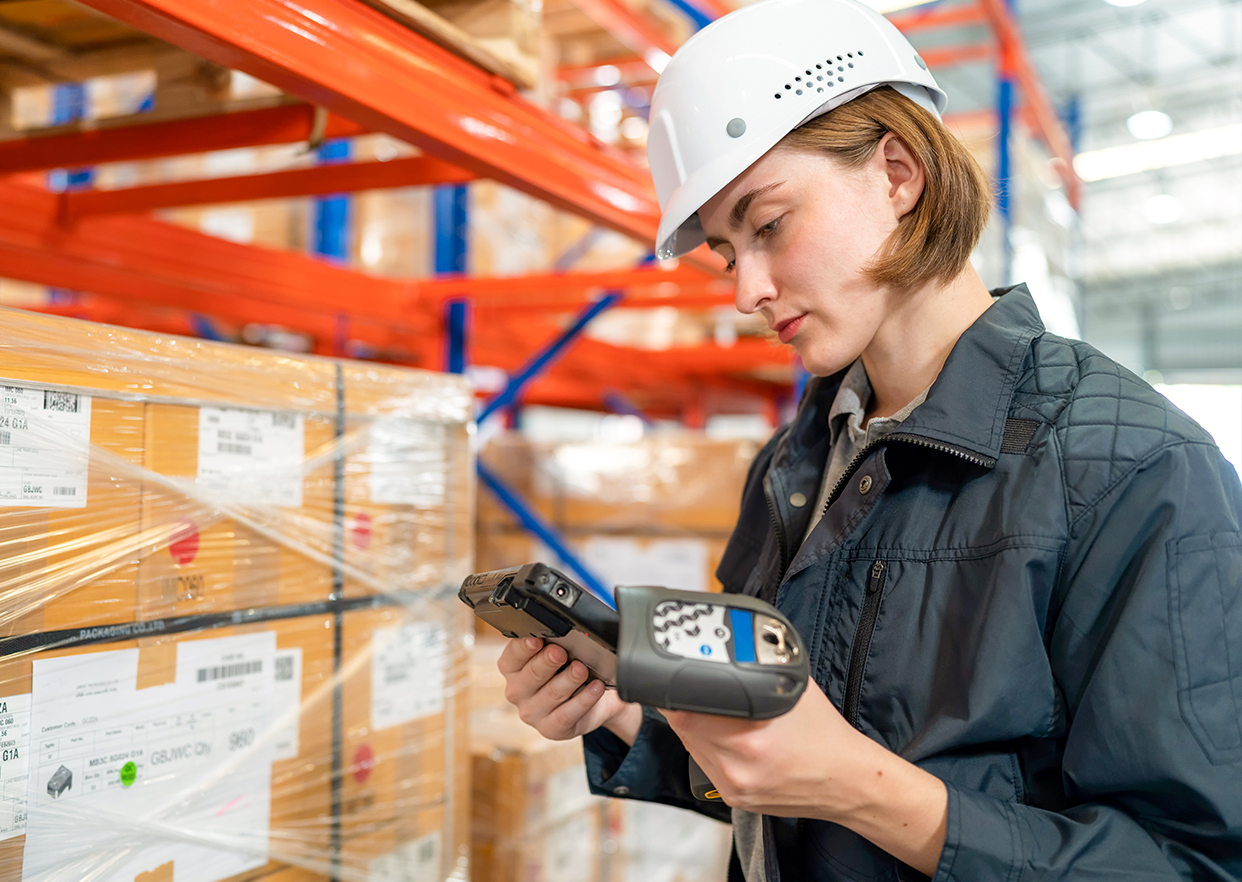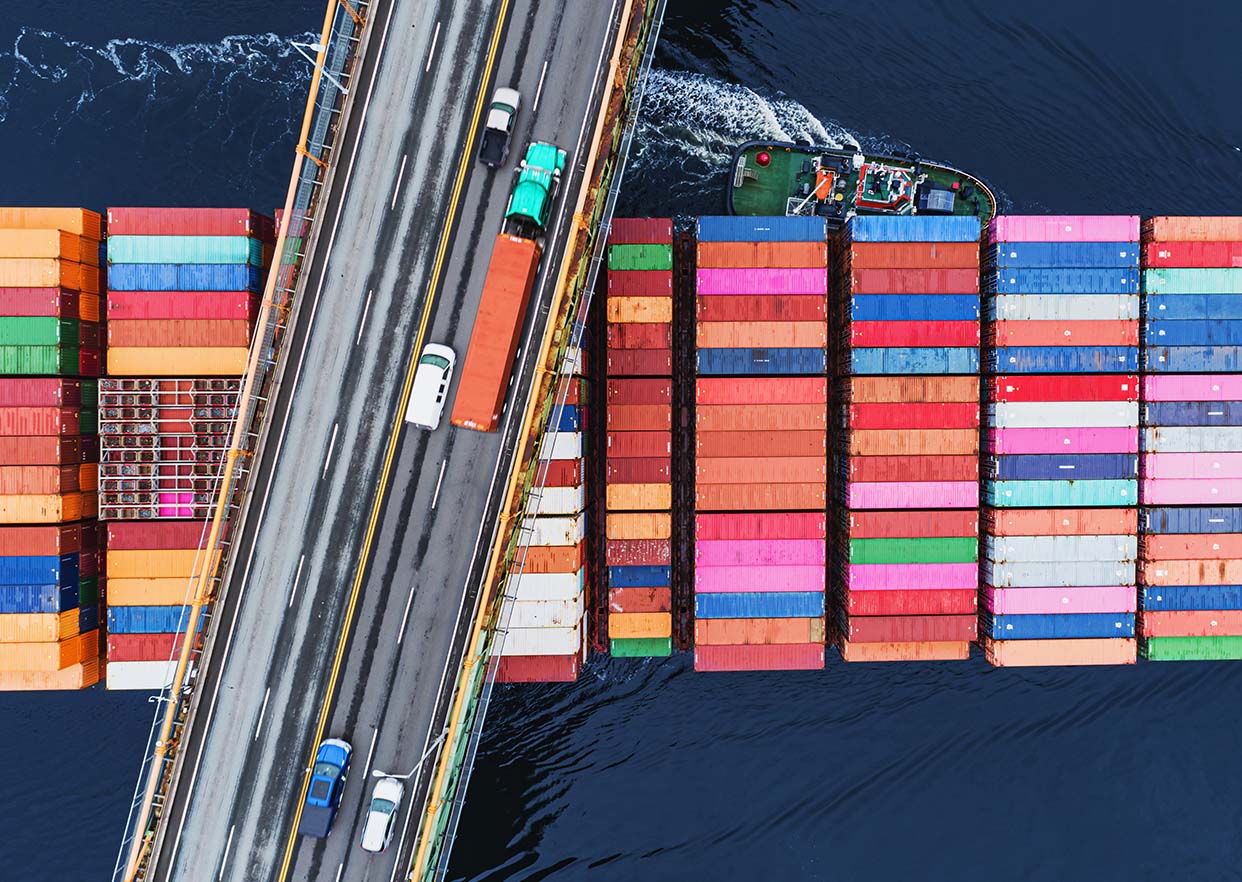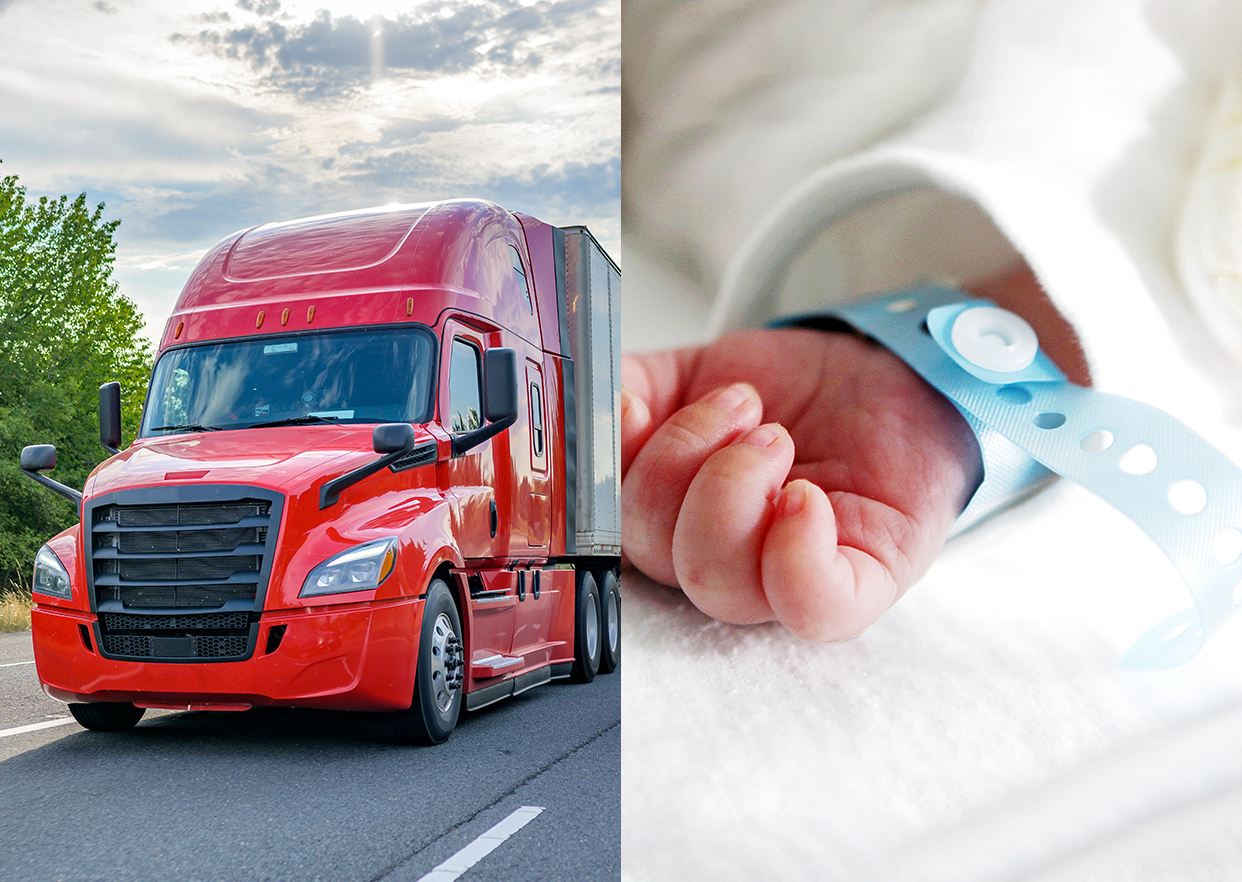In the past, inventory management and logistics have been complex, laborious and time-consuming. But with radio frequency identification (RFID) technology, companies are now able to reduce losses and errors, improve compliance and safety, and enhance business productivity.
Sometimes referred to as “smart labels,” RFID tags use radio waves to identify inventory items and communicate that information to digital devices for tracking and monitoring. With this technology evolving quickly, it's important to understand how RFID tags work and how they can be used in different industries.
How Do RFID Tags Work?
RFID tags can store information ranging from serial numbers and short product descriptions to entire pages of data. They then use radio waves to transmit this data to a reader device, which is connected to a computer system that can process and interpret the information. The reader can be either handheld or fixed, depending on the application and use case. The speed, accuracy and adaptability of radio frequency identification has led to its rapid adoption in a number of industries.
Leading the way in logistics
The logistics and transportation industry benefits greatly from RFID tags. Logistics companies use them to track packages and shipments as they move through different stages of delivery. Radio frequency identification technology helps logistics companies manage their fleets more efficiently and improve the accuracy of their deliveries. For example, RFID tags on vehicles allow for remote monitoring of their location, fuel levels and maintenance needs.
Ideal for manufacturing
Incorporating RFID tags into the manufacturing process improves automation and visibility within a production line. Smart labels enable the tracking of parts and products throughout the entire production process and offer real-time monitoring of inventory levels. Integrating RFID with production line processes helps companies reduce scrap, eliminate product recalls and improve productivity by reducing equipment issues.
The Rx for healthcare
The healthcare sector is also benefitting from the use of RFID technology. Many hospitals are using RFID tags to manage medical supplies and equipment. Hospitals can tag medical equipment – such as IV poles, defibrillators and wheelchairs – to ensure they are located quickly when needed. RFID tags can even help reduce the spread of infections by tracking the movement of medical equipment and ensuring it is properly disinfected before use.
Retail Relies on Smart Labels
Another industry that has embraced this technology is retail. Manual counts and barcodes have historically been used by retailers to track inventory levels and asset movement. However, this is a time-consuming process and invariably leads to errors in data entry.
Radio frequency identification tags are a game changer for retail companies. They are proven to improve inventory accuracy while reducing time-consuming tasks and increasing business productivity and profitability.
- Smart labels help retailers keep track of their inventory levels in real-time, allowing them to know exactly how much stock they have, where the items are located, and when they need to reorder. Retail companies have reported accuracy rates of more than 99% as compared to the industry standard of 65%.
- With real-time tracking available, retailers can move away from stock audits. Operations managers can make informed decisions based on accurate inventory data, allowing better stock allocation and reducing the cost of overproduction.
- Radio frequency identification is also used to prevent theft by sounding an alarm when an item with an active tag passes through exit doors that are equipped with RFID readers. It can even help retailers reduce waiting times for customers and improve overall customer satisfaction.
.jpg?width=1455&height=600&name=Blog%20Body%20Stat%20%E2%80%93%20RFID%20Retail%20(1).jpg)
Clearly, radio frequency identification has proven itself to be a powerful tool – particularly for retailers. In fact, companies that don’t adopt the technology may struggle to compete with those that do. The applications of radio frequency identification are so vast and so varied that RFID technology will soon be essential to staying ahead of the competition. Retailers that embrace radio frequency identification now will reap the benefits in years to come.
Taylor: Your Source for RFID Solutions
As a recognized leader in the packaging and labeling category, Taylor supports the most powerful labeling technology in asset management today: radio frequency identification.
Everything you need to incorporate radio frequency identification technology into your operation can be sourced through Taylor. We will consult with you up front and help you choose from the many options available to you:
- Low frequency, high frequency and ultra-high frequency RFID systems.
- Active, passive and semi-active (semi-passive) tags.
- Hundreds of tag materials including BOPP, PET and DT film and paper.
- Antennas, RFID readers, printer encoder systems, label stock and more.
Learn how RFID systems from Taylor can reduce your errors and losses, improve compliance and safety, and streamline your operations. Contact a Taylor representative to learn more.








